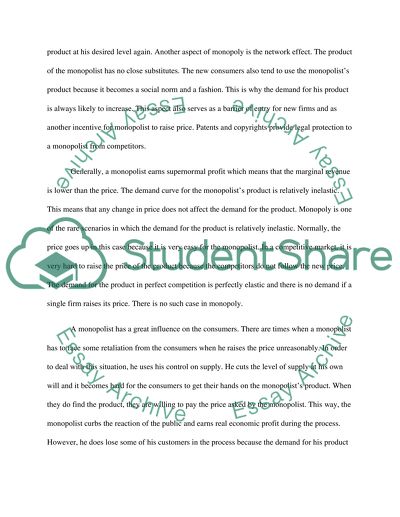Cite this document
(“Economics Essay Example | Topics and Well Written Essays - 2500 words”, n.d.)
Retrieved from https://studentshare.org/macro-microeconomics/1397036-economics
Retrieved from https://studentshare.org/macro-microeconomics/1397036-economics
(Economics Essay Example | Topics and Well Written Essays - 2500 Words)
https://studentshare.org/macro-microeconomics/1397036-economics.
https://studentshare.org/macro-microeconomics/1397036-economics.
“Economics Essay Example | Topics and Well Written Essays - 2500 Words”, n.d. https://studentshare.org/macro-microeconomics/1397036-economics.


